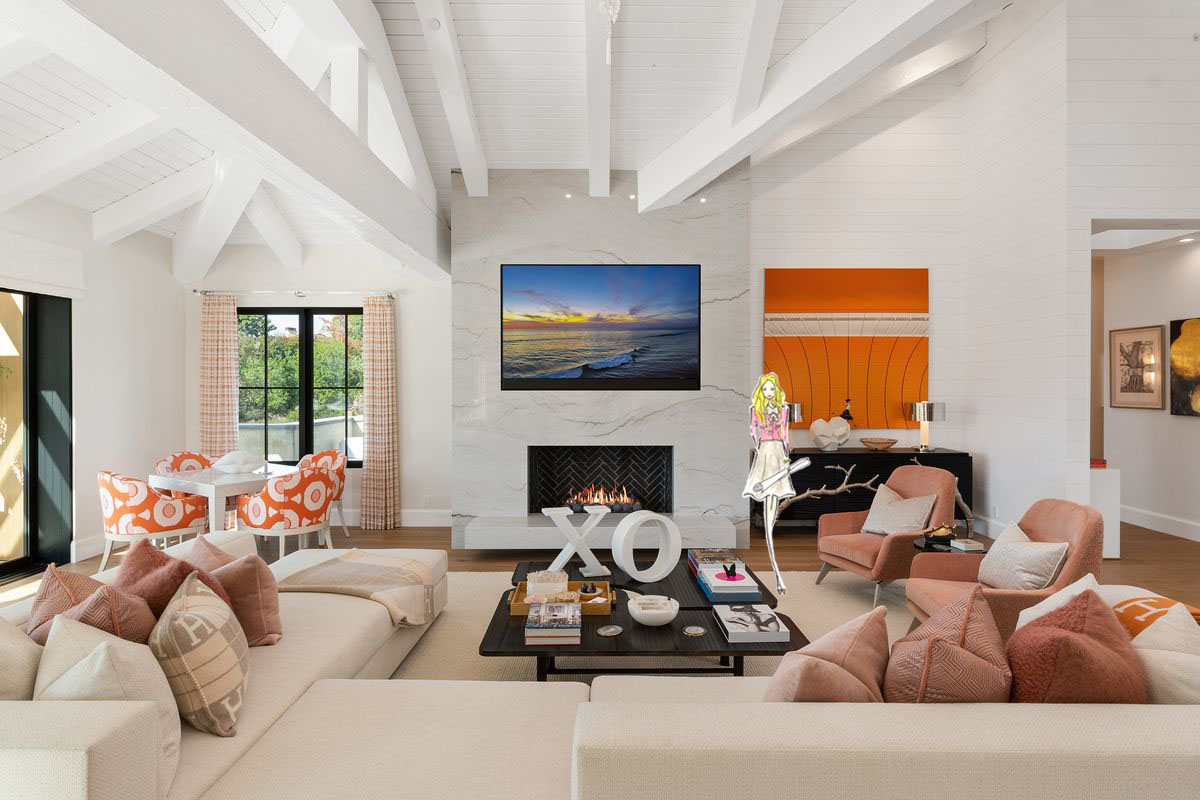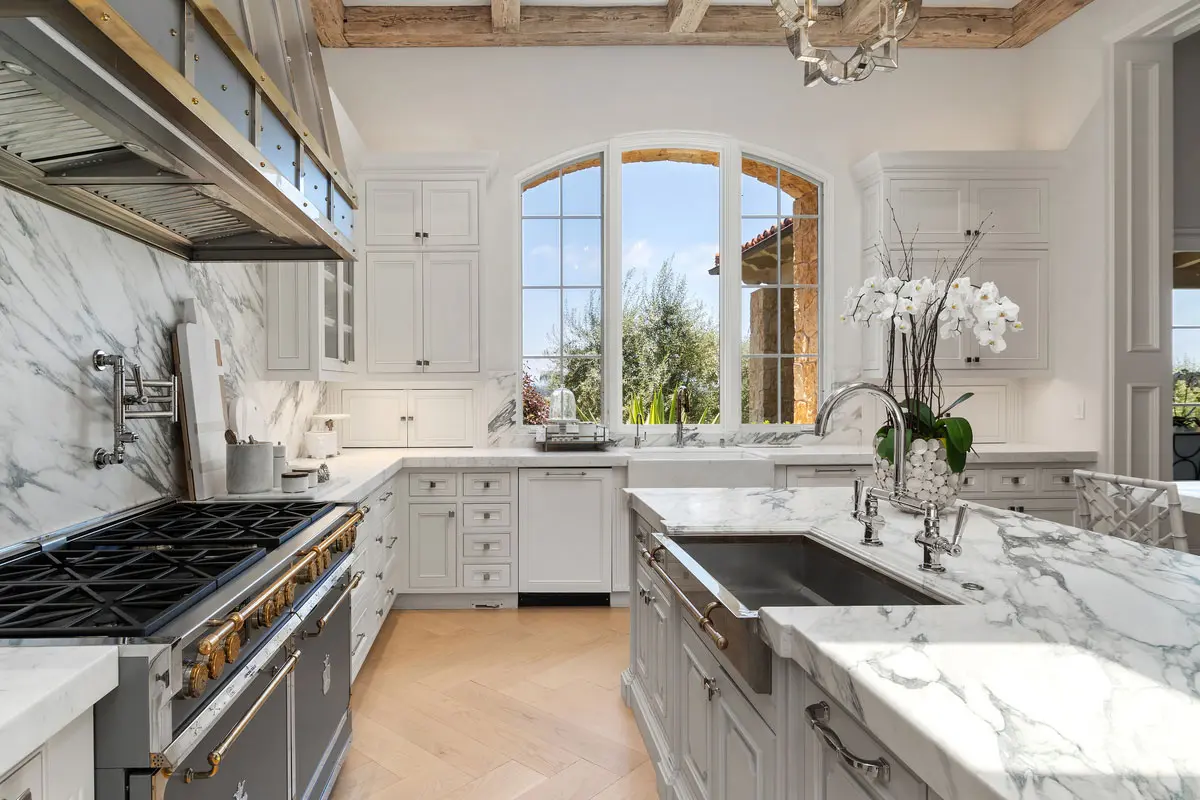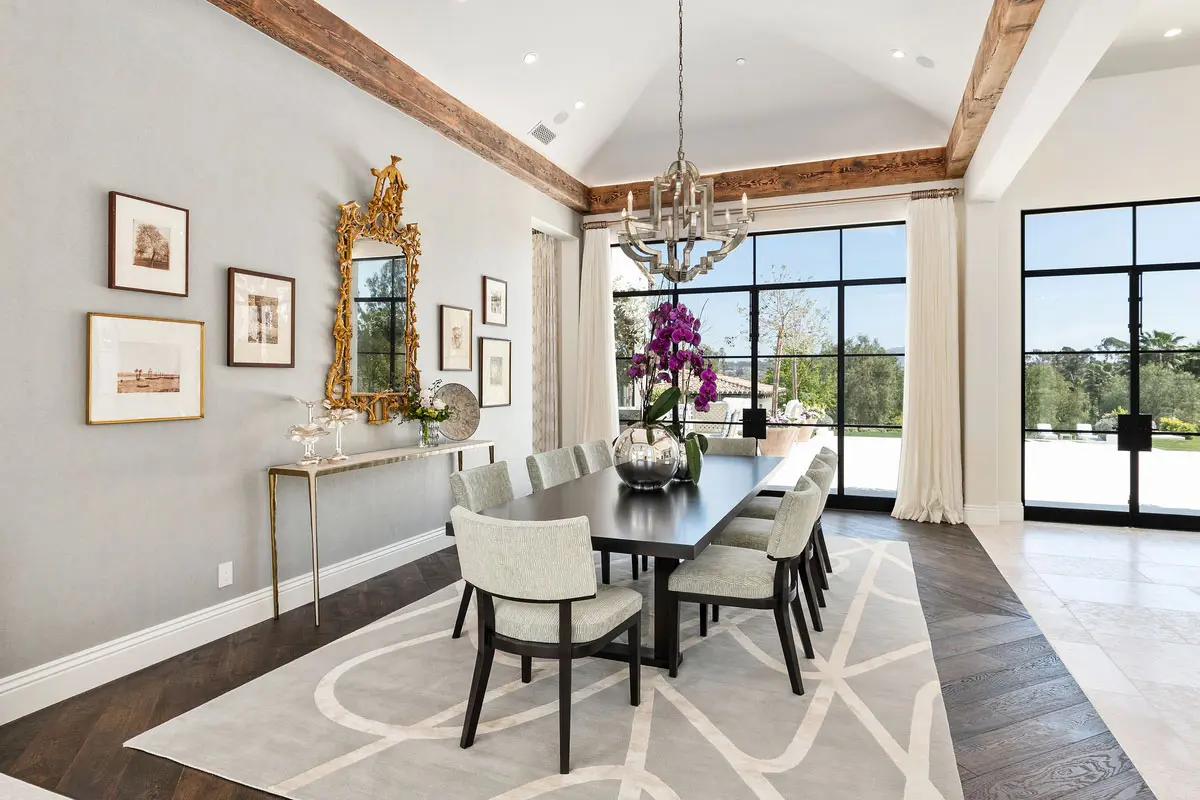Luxury lives in the details, and nowhere is that more evident than in a thoughtfully designed bathroom. More than a space for daily routines, the modern bathroom—when executed with precision—becomes a personal sanctuary. A spa-like retreat tucked behind private doors, where the weight of the world dissolves in steam, softness, and serenity. Whether you’re arriving home from a business trip or easing into a Sunday morning, the bathroom can be a restorative haven—one that restores your equilibrium and reminds you of the power of stillness.
Designing such a space requires more than beautiful finishes. It begins with intention. Every choice—from materials to lighting—must be rooted in tranquility. Not a single element should be jarring or extraneous. When curated properly, a spa-inspired bathroom becomes an immersive experience of calm.
The Soul of Spa Design
The essence of a spa-like bathroom lies not just in appearance, but in how it makes you feel. Spa design isn’t merely about opulence; it’s about sensory equilibrium. It’s the feeling of stepping into a space that invites you to exhale. There’s a softness in the palette, a rhythm in the textures, and a gentle hush in the atmosphere. It calls on natural materials, intuitive lighting, and tactile luxury to craft an environment that asks little and gives much.
Where traditional design often begins with color or style, spa design begins with emotion. What do you want to feel when you enter? Grounded? Energized? Wrapped in warmth? Once that emotional tone is set, every design decision can flow from that intent.
Color as Calm
Color is one of the most powerful psychological tools in design. A carefully chosen palette can lower blood pressure, slow breathing, and quiet the mind. In spa-like bathrooms, color isn’t used for drama—it’s used for release. Warm neutrals like taupe, parchment, and ivory lend a timeless softness. Pale eucalyptus, dusty blue, or mist-gray introduce subtle nods to nature without overwhelming the senses. Some spaces lean into monochrome, using multiple tones within the same color family to maintain cohesion and allow texture to take the lead.
Paint is only the beginning. Stone, tile, cabinetry, linens, and window treatments must all exist in harmonious conversation. This quiet choreography of color becomes the visual heartbeat of the room.
Lighting That Soothes and Speaks
No other element affects ambiance quite like lighting. In a spa bathroom, the lighting must be layered and adaptable. Harsh, unmodulated light undercuts the serenity. Instead, imagine ambient glows that echo candlelight, task lighting that flatters rather than exposes, and subtle washes that fall gently across textured surfaces. A dimmable lighting system is essential, allowing one mood in the morning and quite another in the evening. Overhead pendants or sculptural sconces can add warmth and sculptural form without visual noise. Backlit mirrors eliminate shadows while offering modern elegance. If the architecture allows, skylights or tall, narrow windows can usher in soft daylight, gently illuminating the space without sacrificing privacy.
Lighting should never be an afterthought—it is the poetry of the room.
Texture and Textile: The Unsung Luxuries
A spa-like bathroom must not only look inviting—it must feel that way. The tactile experience is paramount. High-quality textiles transform routine moments into sensory indulgence. Thick, long-staple cotton towels in ivory or white recall the best five-star resorts. A plush bath mat underfoot offers comfort with each step. Linen curtains breathe naturally and softly diffuse morning sun. Even the simple act of reaching for a robe—perhaps waffle-woven, or lined with silk—can begin or end the day on an elevated note.
Layering texture brings warmth and depth. A woven bench, a sheepskin accent on a chair, or a carved stone stool offers softness and substance without clutter. The textures you touch should echo the room’s mood: gentle, unhurried, and refined.
Materials That Reflect Nature and Craft
Natural materials root a space in timeless beauty. In spa environments, they serve a dual purpose: offering visual serenity and grounding the room with a sense of place. Honed marble, tumbled limestone, or travertine slabs introduce organic patterning and depth without being ostentatious. Warm woods—like walnut, teak, or white oak—soften stone’s coolness, whether used in cabinetry, shelving, or trim.
Rather than glossy perfection, these materials embrace imperfection—the grain of a hand-carved wood vanity, the soft veining of a marble sink. Each piece tells a story. Authenticity, not artificiality, becomes the new luxury.
Thoughtful Storage That Disappears
Clutter has no place in a restorative space. But neither should storage scream for attention. Built-in cabinetry, recessed niches, and floating vanities provide ample space for daily essentials while maintaining a clean and serene atmosphere. The goal is effortless tidiness. Consider concealed drawers behind wood-paneled walls, stone ledges that double as product displays, or under-vanity pull-outs that keep everything in its place.
Open shelving can work when carefully styled—perhaps with a rolled towel stack, a ceramic vase, or a bowl of bath salts. But restraint is key. The more concealed the storage, the more uninterrupted the feeling of peace.
A Symphony of Scent and Sound
True luxury design is multisensory. A bathroom’s transformation into a spa retreat is never complete without attention to scent and sound. The right aroma can transport you—soft lavender to ease tension, bright citrus to energize, warm sandalwood to ground. Essential oil diffusers, beeswax candles, or a gentle infusion of fragrance through the HVAC system can infuse the space with personality and tranquility.
Sound matters equally. Built-in speakers that stream ambient music or calming nature sounds can be integrated into the architecture, hidden yet omnipresent. A spa playlist becomes part of the ritual. Even the acoustics—softed by rugs, curtains, or upholstered seating—help keep sound from echoing, preserving the intimate atmosphere.
The Ritual of Water: Tubs and Showers
Water is the heart of the spa. The way it flows, the way it surrounds, the way it restores—these are the moments that matter. A freestanding soaking tub, set beneath a pendant or beside a garden window, becomes more than functional. It becomes sacred. Whether sculpted in stone, cast in resin, or wrapped in copper, the tub invites pause and immersion.
Showers, too, can rise beyond utility. Overhead rain showers mimic tropical rainfall, while thermostatic controls ensure perfect temperature with every use. A built-in bench offers space to linger. Steam features turn a simple rinse into hydrotherapy. Water becomes the treatment. The enclosure becomes the retreat.
The Role of Mirrors and Reflections
While practical, mirrors in spa bathrooms are also deeply atmospheric. They amplify light, open up space, and offer opportunities for elegance. A full-length mirror behind the bathtub extends visual space. A wide, backlit mirror above a double vanity makes morning routines effortless and glamorous. Framed mirrors in materials like brushed bronze, stone, or lacquered wood add visual interest and help tie the overall design together.
In bathrooms with limited square footage, mirrored walls or mirrored cabinetry can double the perceived volume of the room, ensuring even smaller spaces feel expansive and refined.
Cohesion with the Suite
A spa-like bathroom is even more powerful when it’s treated as part of a greater whole. In primary suites, the bathroom should flow naturally from the bedroom’s tone and palette. Shared materials or repeated color stories bring continuity. A seating area just outside the bath, a dressing vanity that connects the two zones, or a soft runner that leads from bed to bath creates an unbroken narrative of comfort.
For clients with multi-residence lifestyles, this cohesion ensures that each retreat feels familiar—an extension of personal rhythm, no matter the zip code.
Seasonal Styling for Perpetual Serenity
While the bones of a spa bathroom remain timeless, subtle seasonal shifts can renew the experience year-round. In winter, thicker robes and heavier bath mats add comfort. A switch to scents like clove or cedarwood invites warmth. In spring, fresh florals and brighter lighting refresh the energy. Summer may bring lighter linens, a touch of rattan, or a vase of beach grass. Autumn invites deeper, richer hues—a moody candle, perhaps, or a darker stone tray.
These transitions don’t require overhaul. They are simply the rhythms of refined living, curated in quiet layers.
Integrating Wellness Technology
Modern spa bathrooms often benefit from integrated wellness tech. Heated floors ensure warmth with every step, particularly in cool climates or stone-heavy spaces. Smart toilets with customizable settings and touchless operation blend hygiene with innovation. Voice-controlled lighting scenes, ambient temperature control, and app-connected aromatherapy diffusers are not gimmicks—they are conveniences that elevate experience.
In high-end homes, clients expect that design serves their lifestyle. A spa bathroom that adapts, anticipates, and delights is no longer aspirational—it’s essential.
Enduring Value Beyond Design
A spa-inspired bathroom does more than pamper—it adds measurable value to the home. In the luxury real estate market, master bathrooms are among the most scrutinized and celebrated spaces. A stunning spa bath can become a deal-clincher. It signals quality, care, and investment. More importantly, it reflects how the homeowners live: purposefully, beautifully, and with wellbeing at the center.
Conclusion
A spa bathroom is more than an indulgence. It’s an act of daily care, an embrace of quiet luxury, and a reflection of personal style. When designed with intent, it calms the senses, softens the noise of the world, and reminds us that restoration should be part of every day—not just reserved for vacations.
Let Kern & Co. help you create a space where serenity lives in every corner. Your retreat awaits—crafted with precision, elevated by design, and grounded in luxury.



